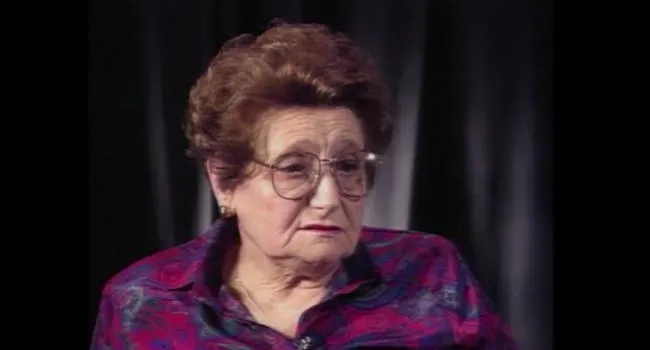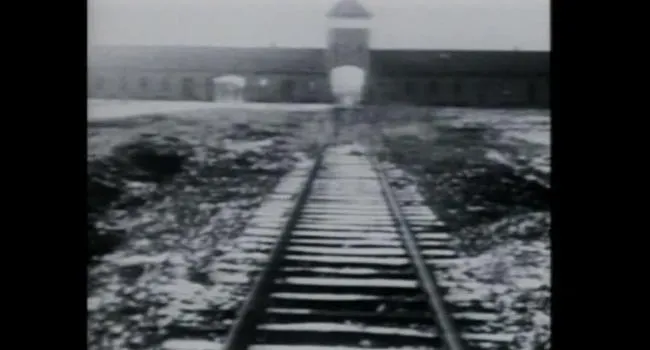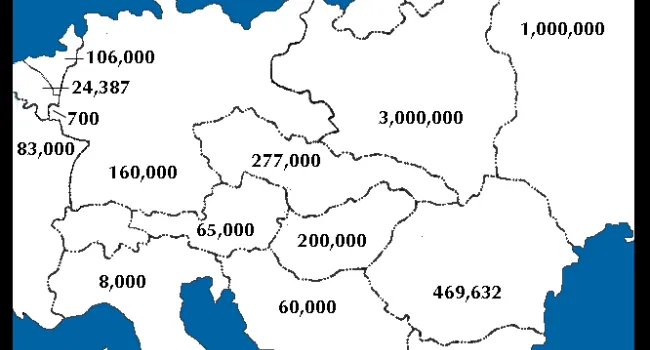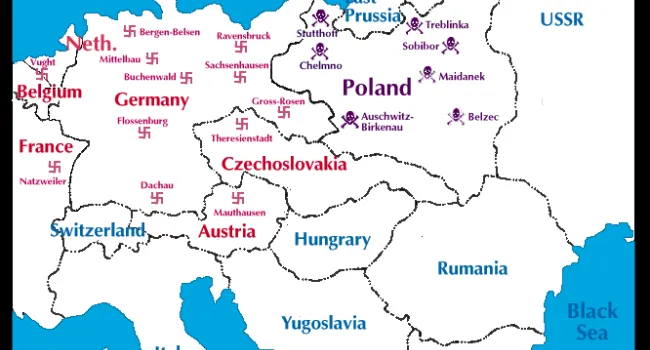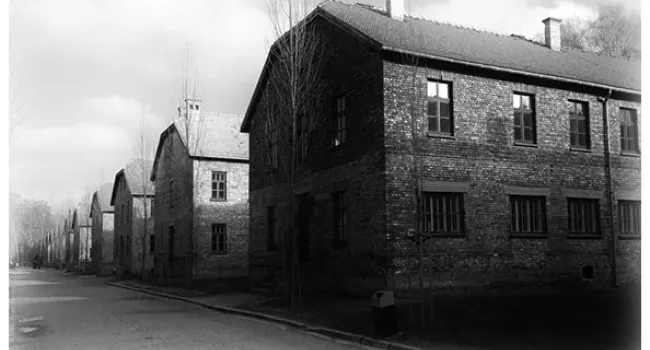Kaltura
The conditions in the camps are described in detail.
In the camp, a line formed consisting of the able-bodied men and another for the old, pregnant women, young children, mothers with young children. The barracks were bitter cold. There were no bathrooms and there was no water. The meals consisted of what they called soup, which consisted of water and a few pieces of cabbage or potato peels. The bread was made with sawdust.
The men who were at labor were told to move steel beams, and found that when they laid them down. their hands had frozen to the beams, removing their skin. Then they were told to put the beam back in the same spot.
Standards
- 7-4 The student will demonstrate an understanding of the causes and effects of world conflicts in the first half of the twentieth century.
- The influence of both world wars and the worldwide Great Depression are still evident. To understand the effects these events had on the modern world, the student will utilize the knowledge and skills set forth in the following indicators:
- 7-4.5 Summarize the causes and course of World War II, including drives for empire, appeasement and isolationism, the invasion of Poland, the Battle of Britain, the invasion of the Soviet Union, the "Final Solution," the Lend-Lease program, Pearl Harbo...
- 7-4.6 Analyze the Holocaust and its impact on European society and Jewish culture, including Nazi policies to eliminate the Jews and other minorities, the Nuremberg trials, the Universal Declaration of Human Rights, the rise of nationalism in Southwest...
- The influence of both world wars and the worldwide Great Depression are still evident. To understand the effects these events had on the modern world, the student will utilize the knowledge and skills set forth in the following indicators:
- USHC-7 The student will demonstrate an understanding of the impact of World War II on the United States and the nation’s subsequent role in the world.






